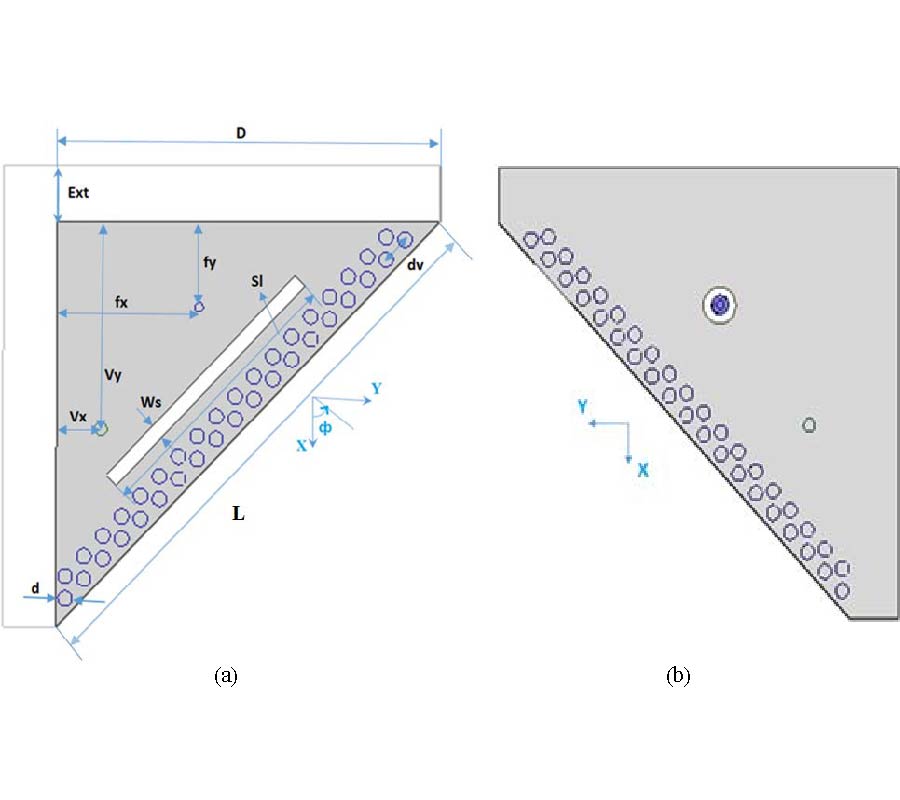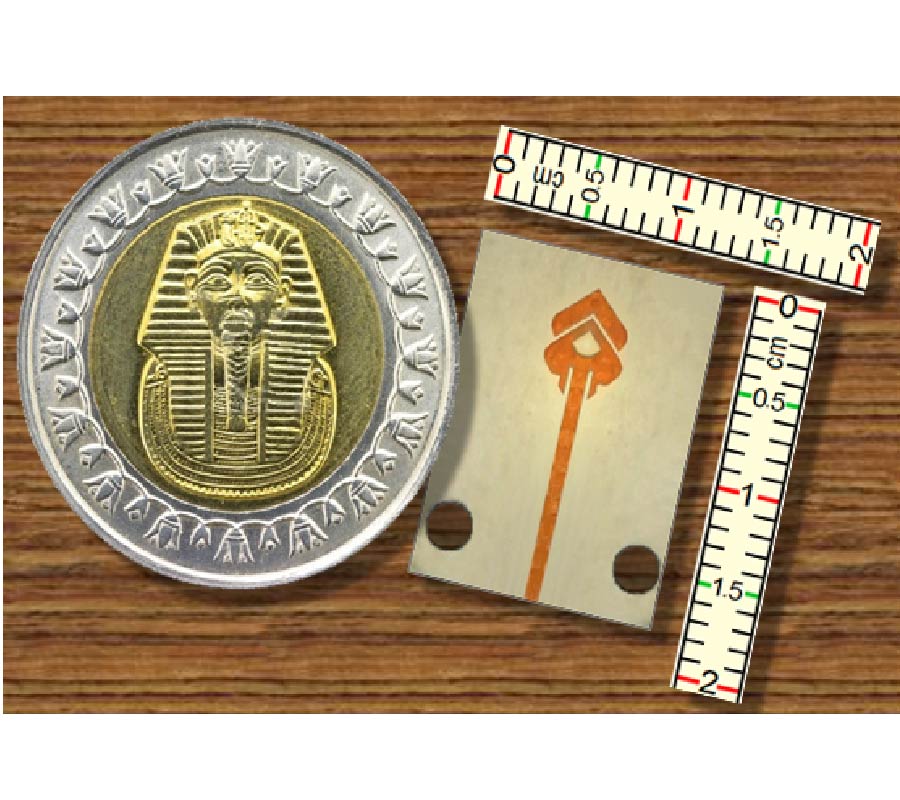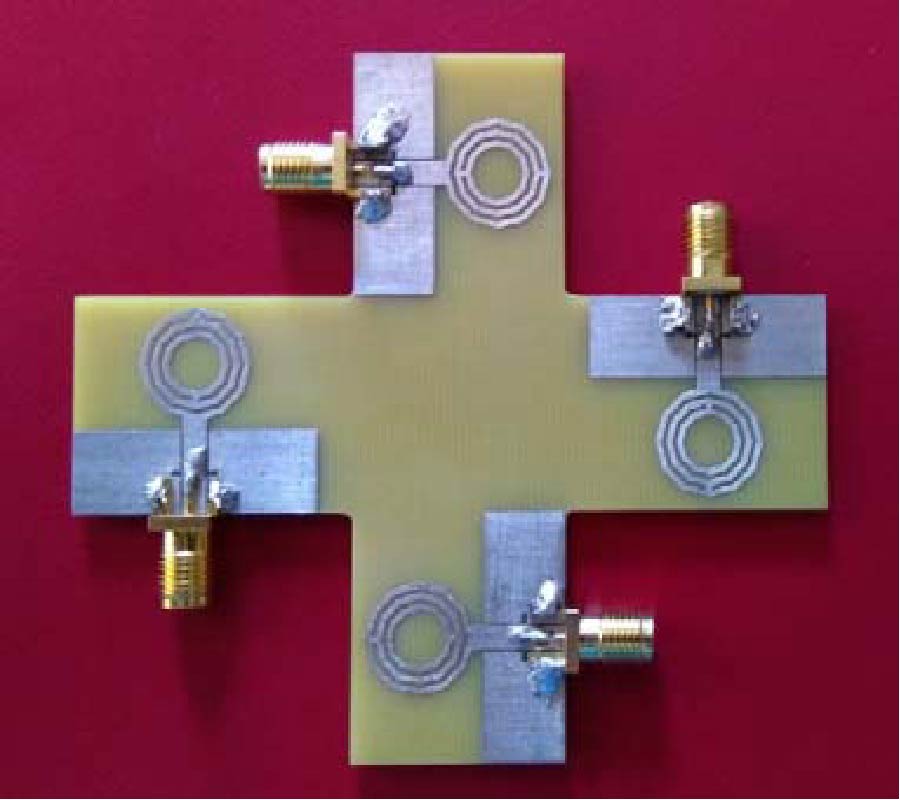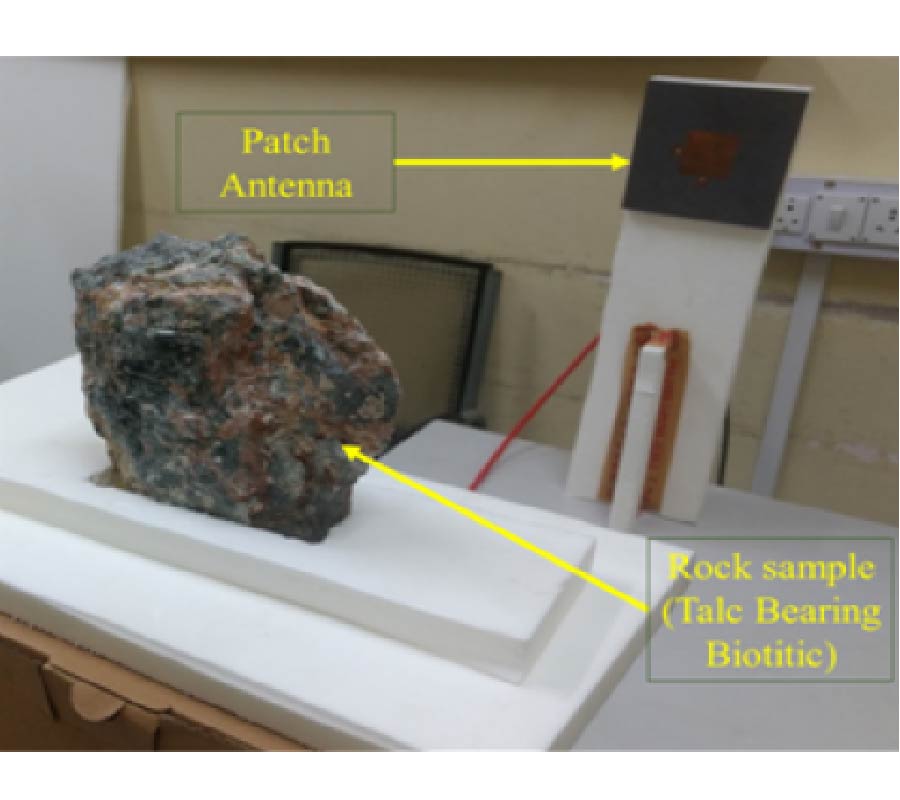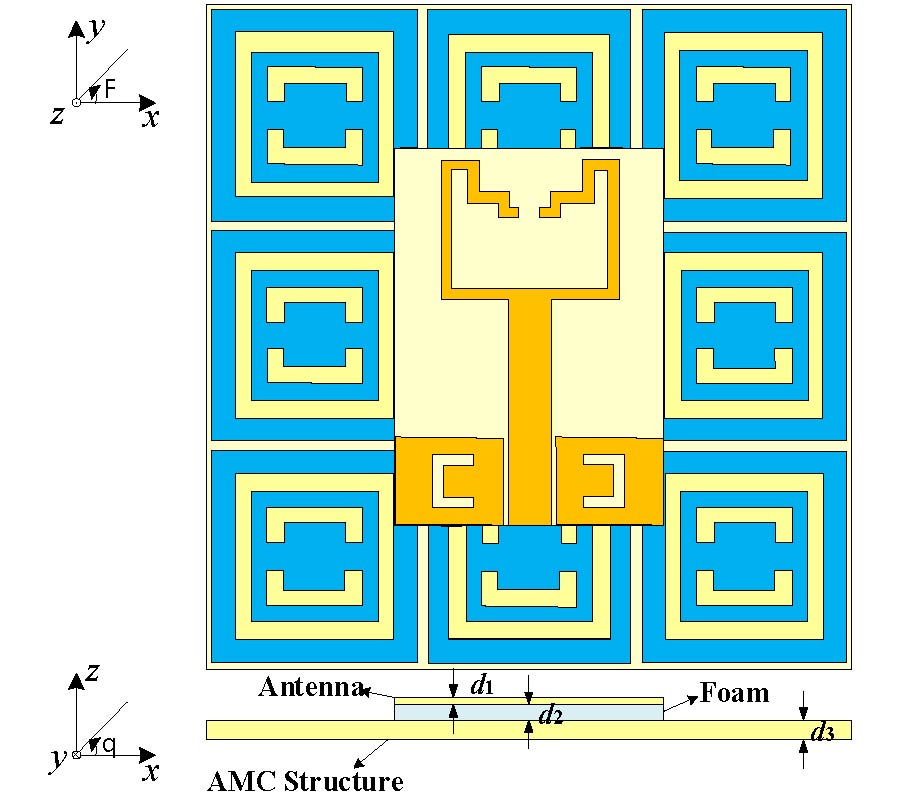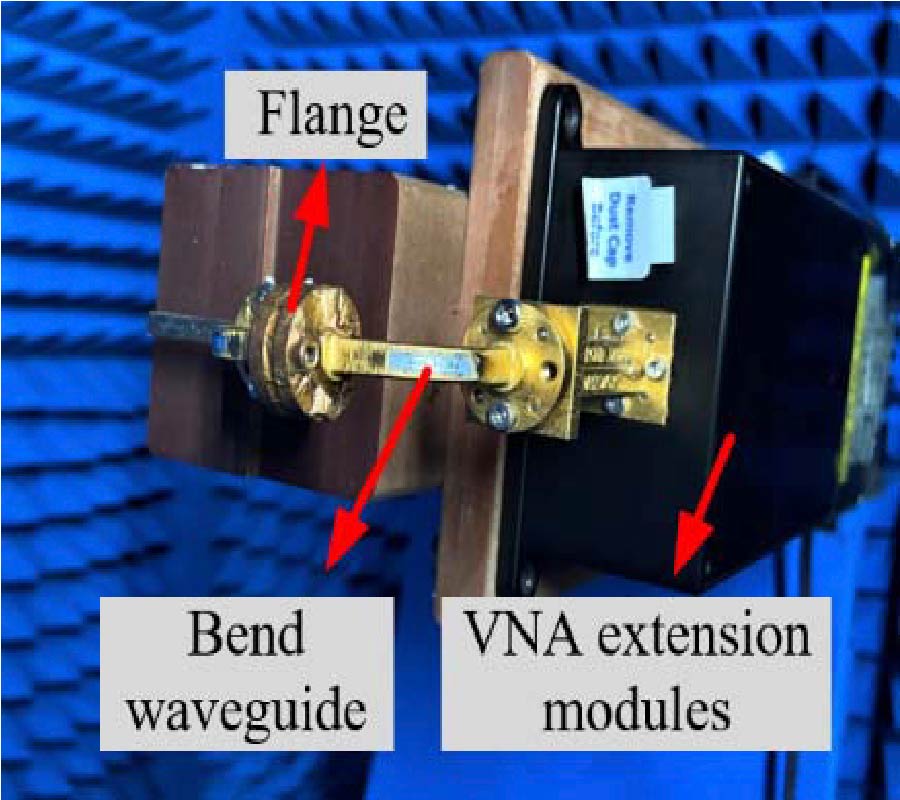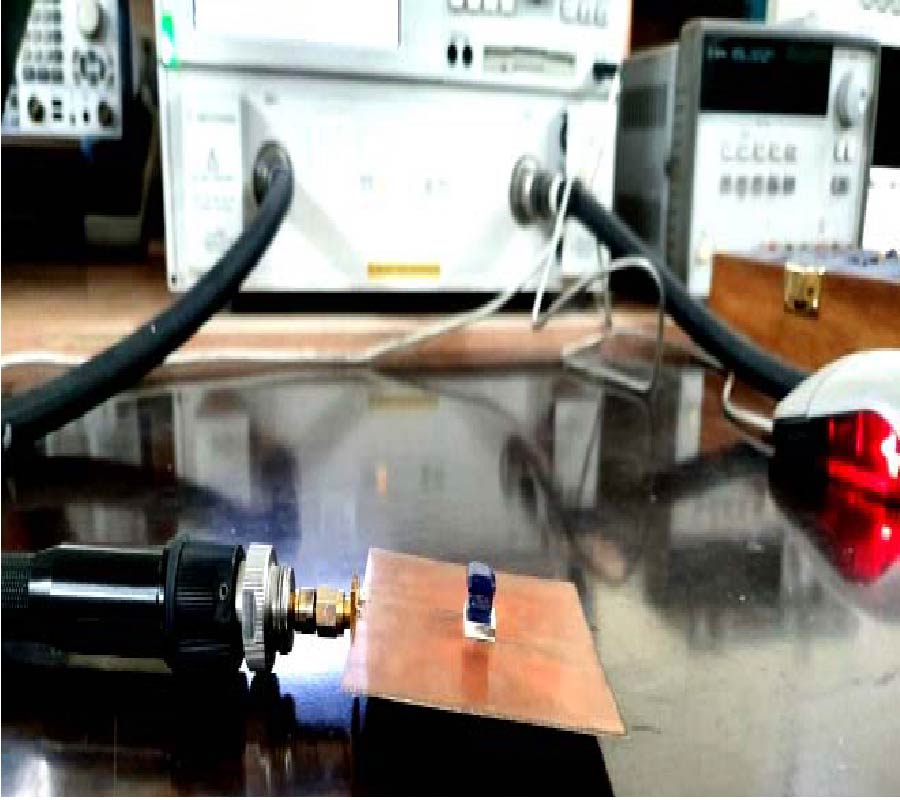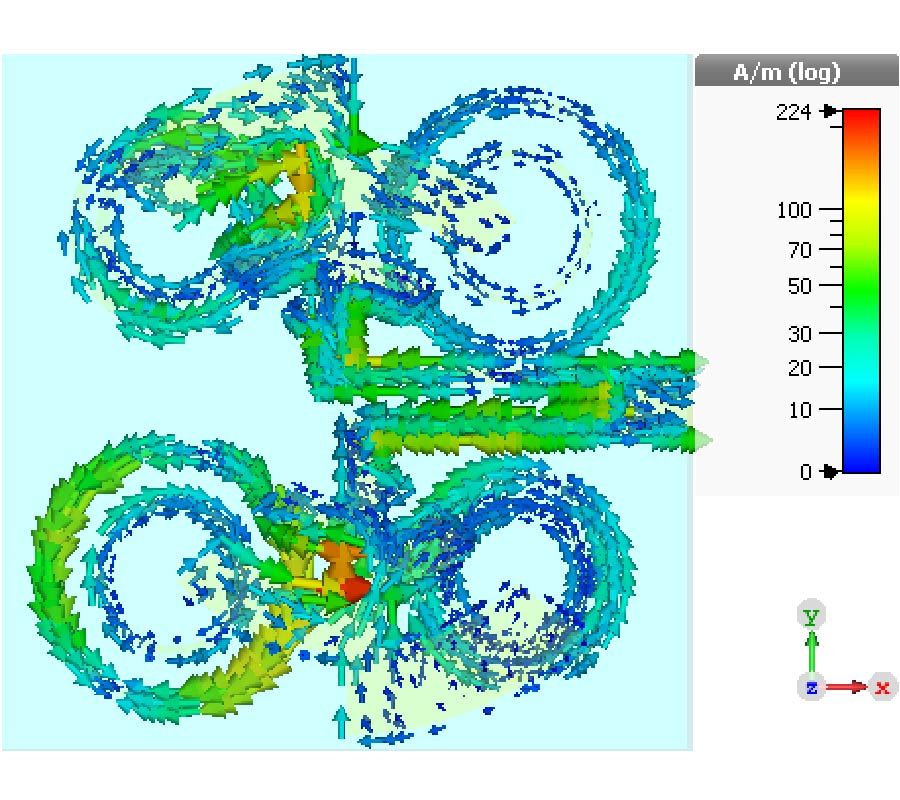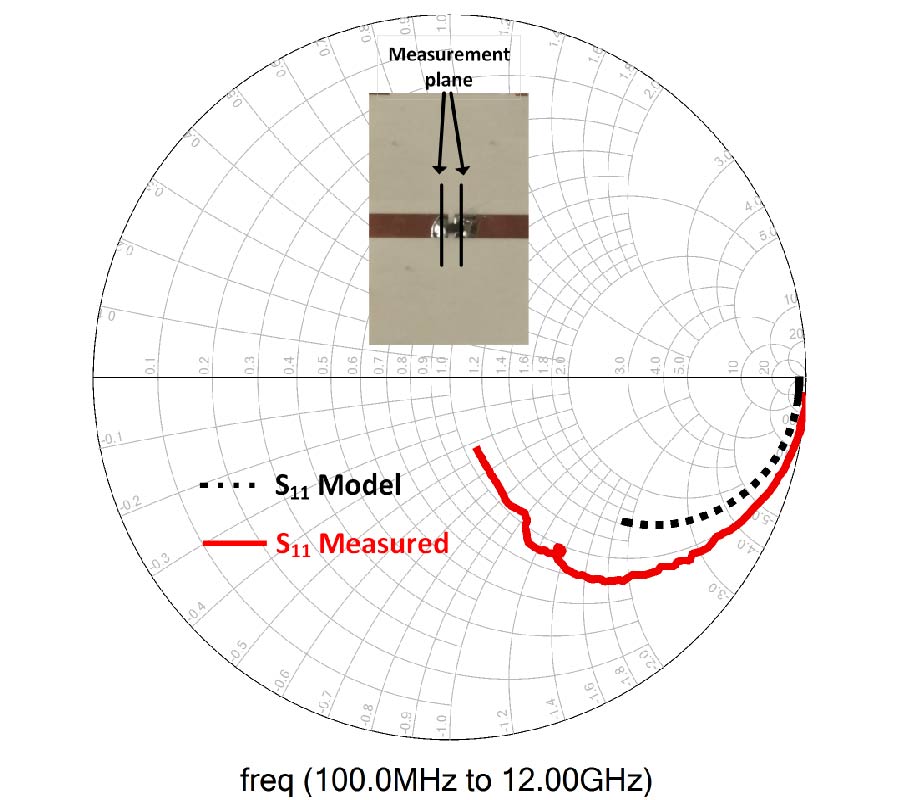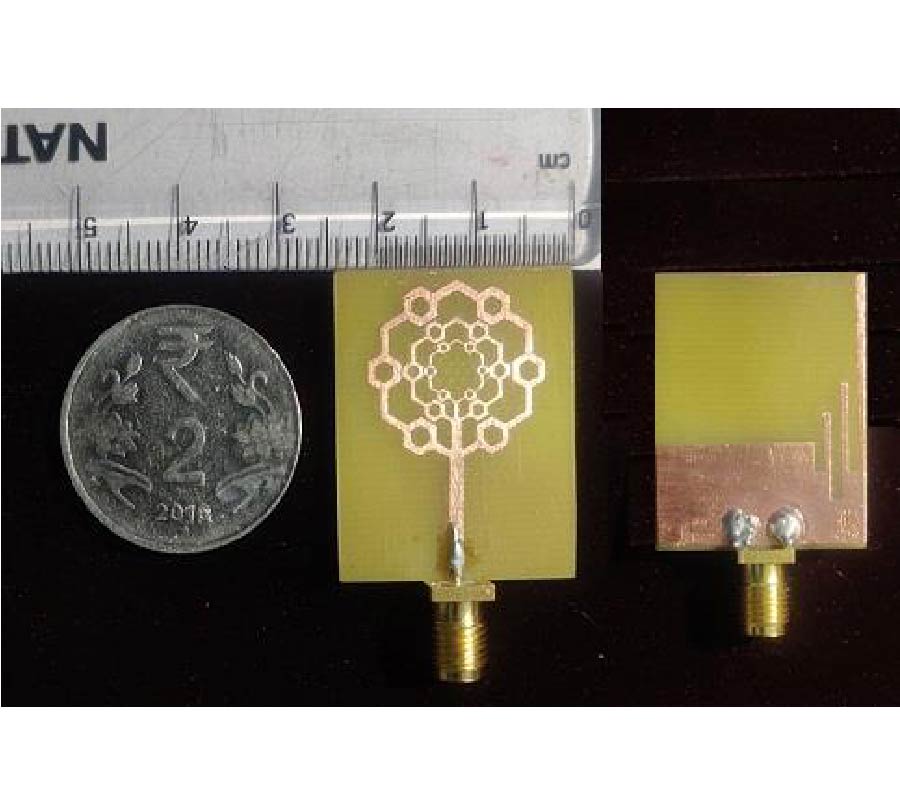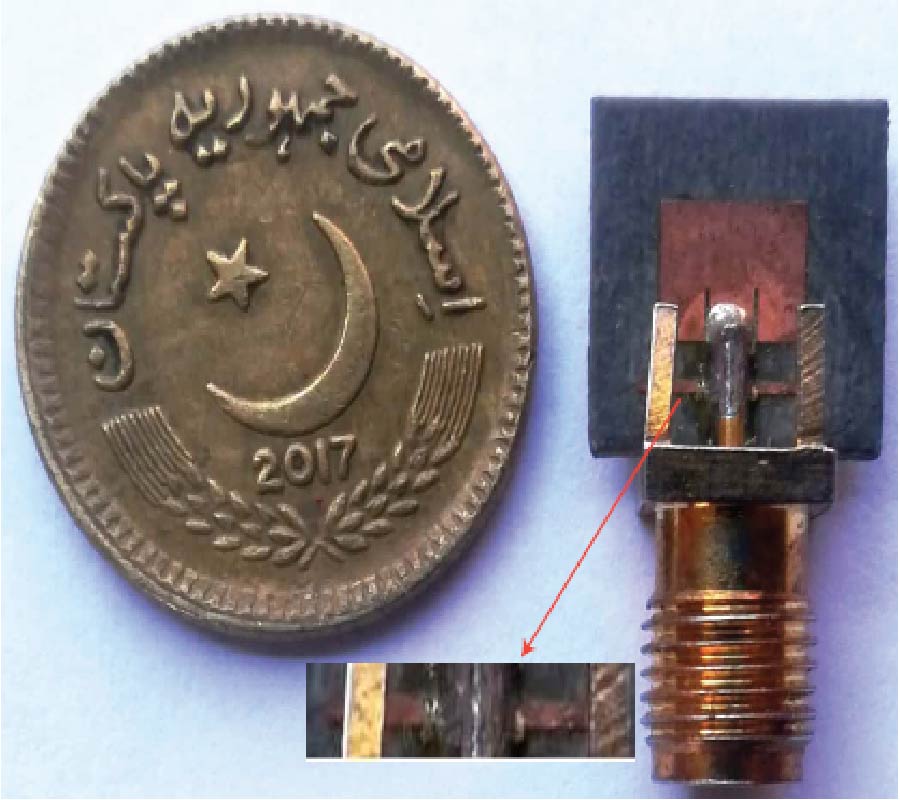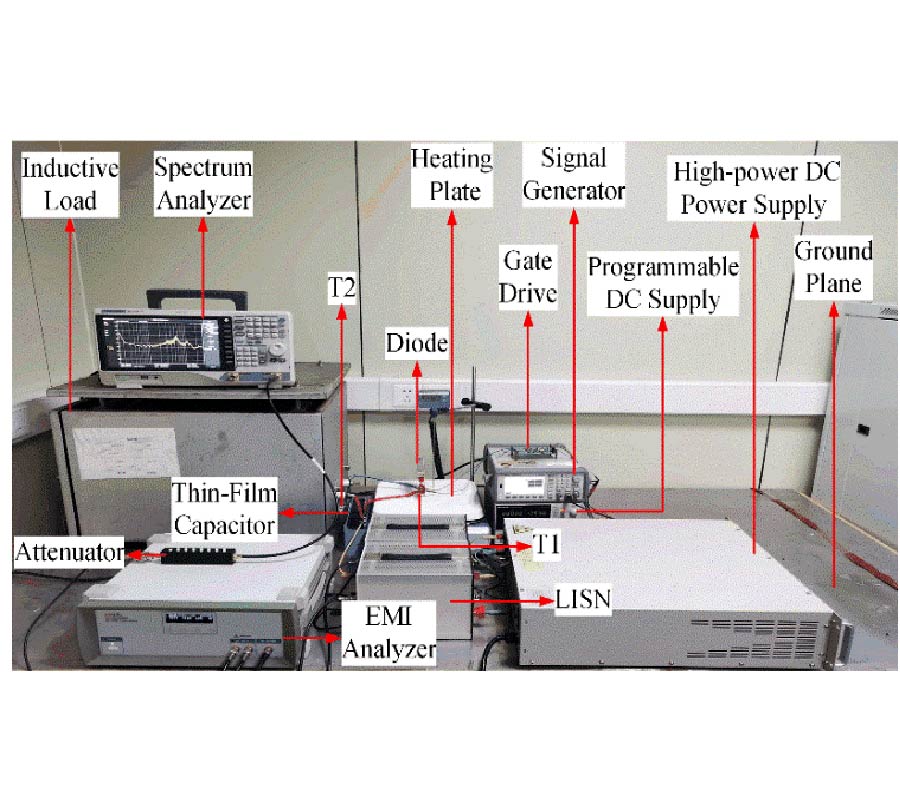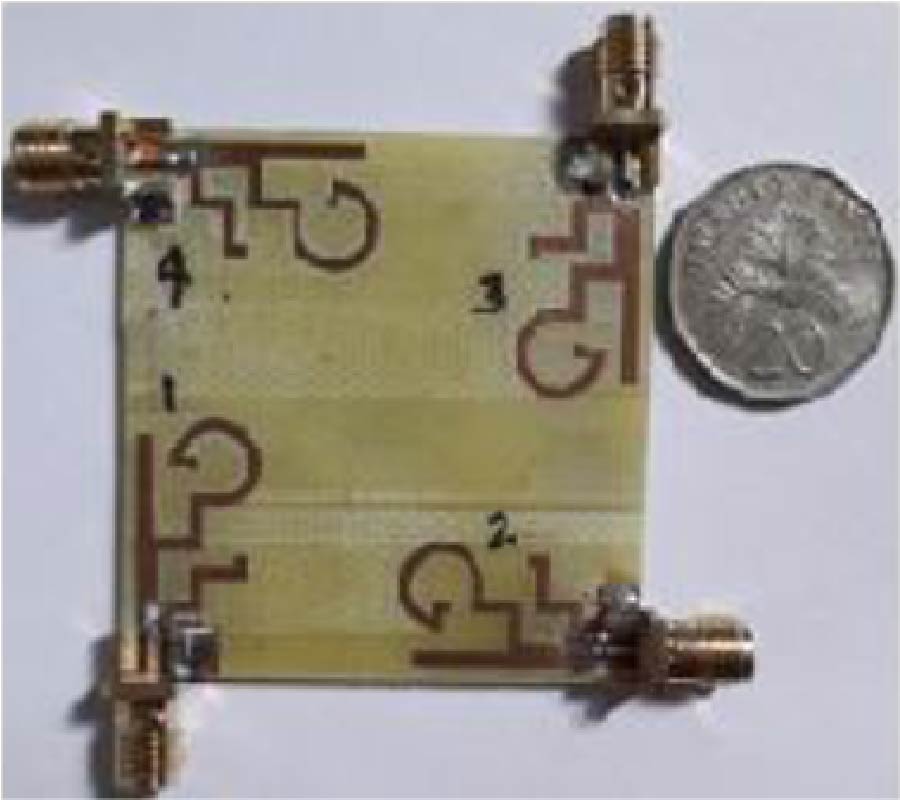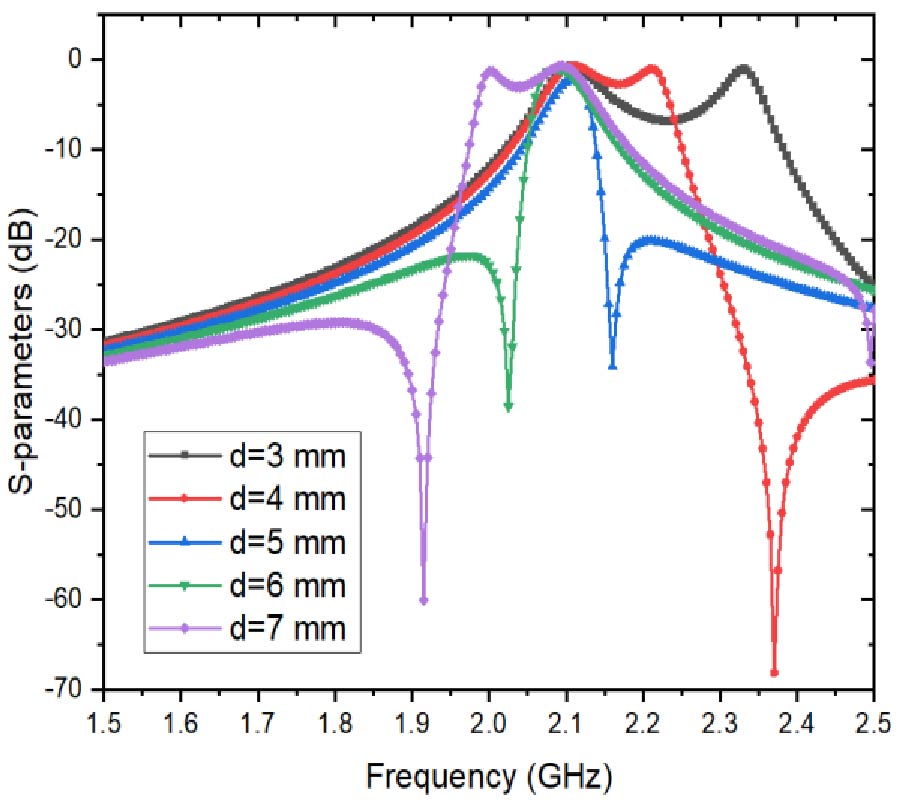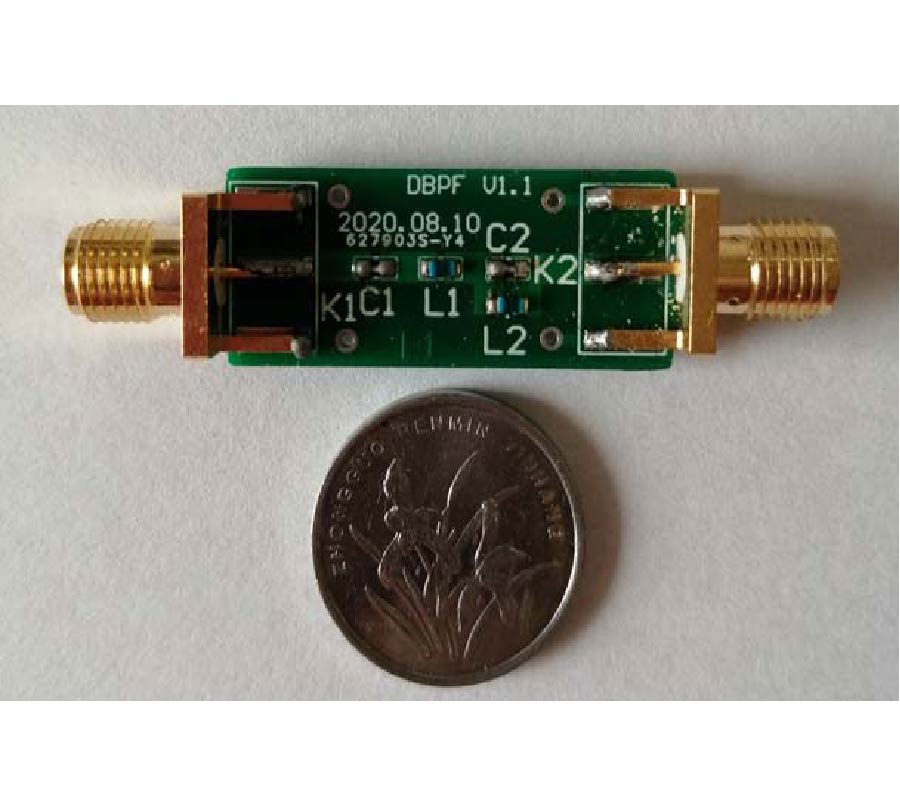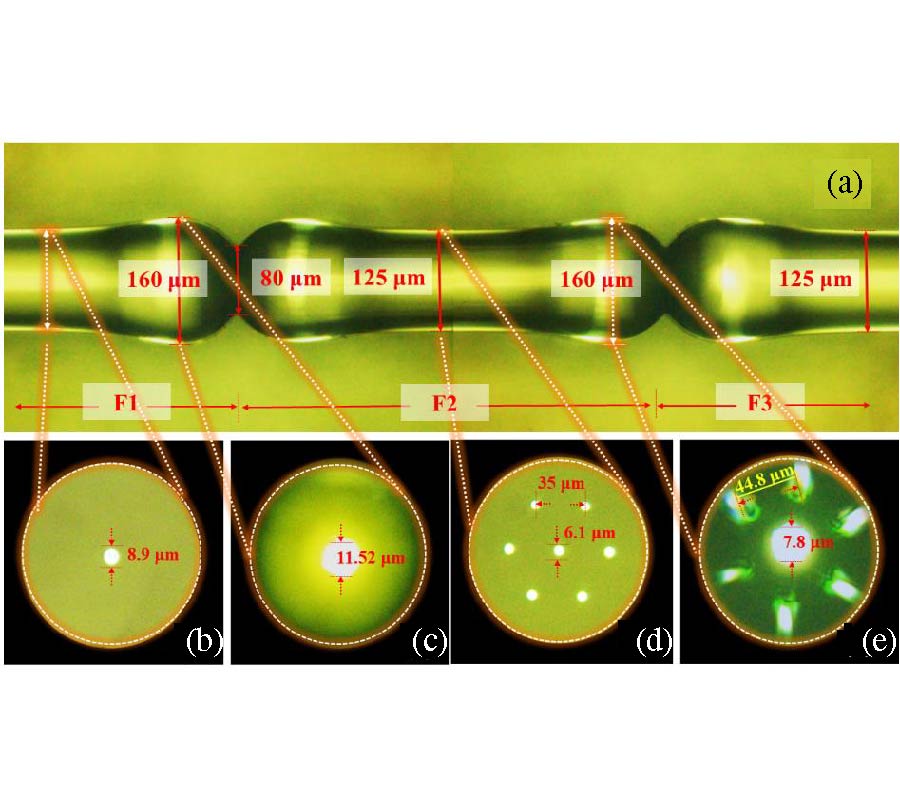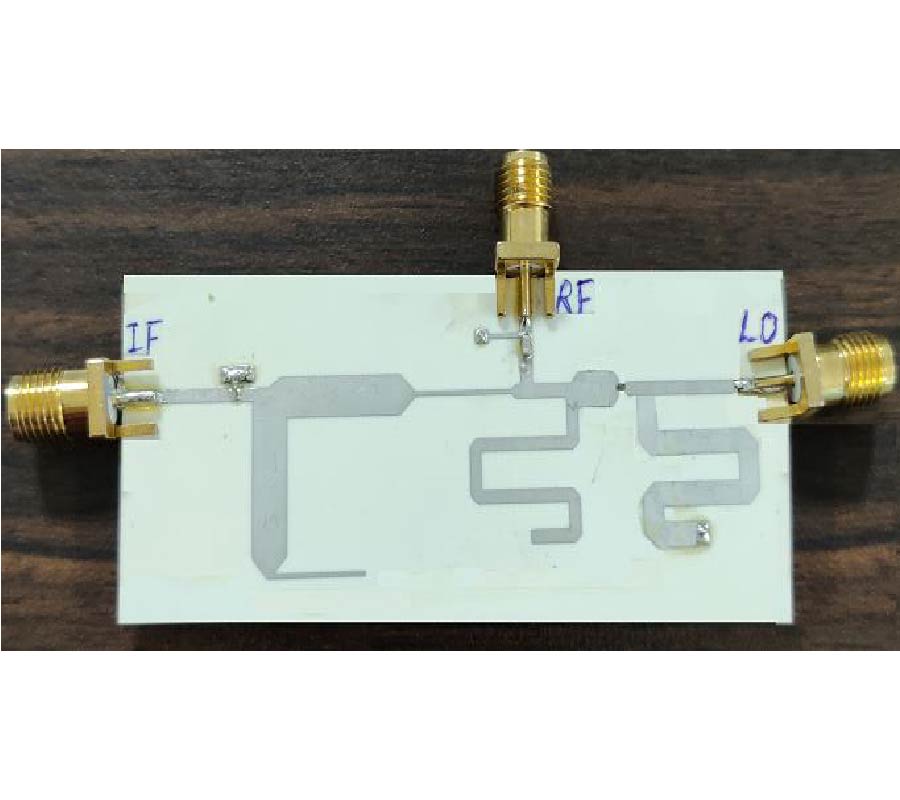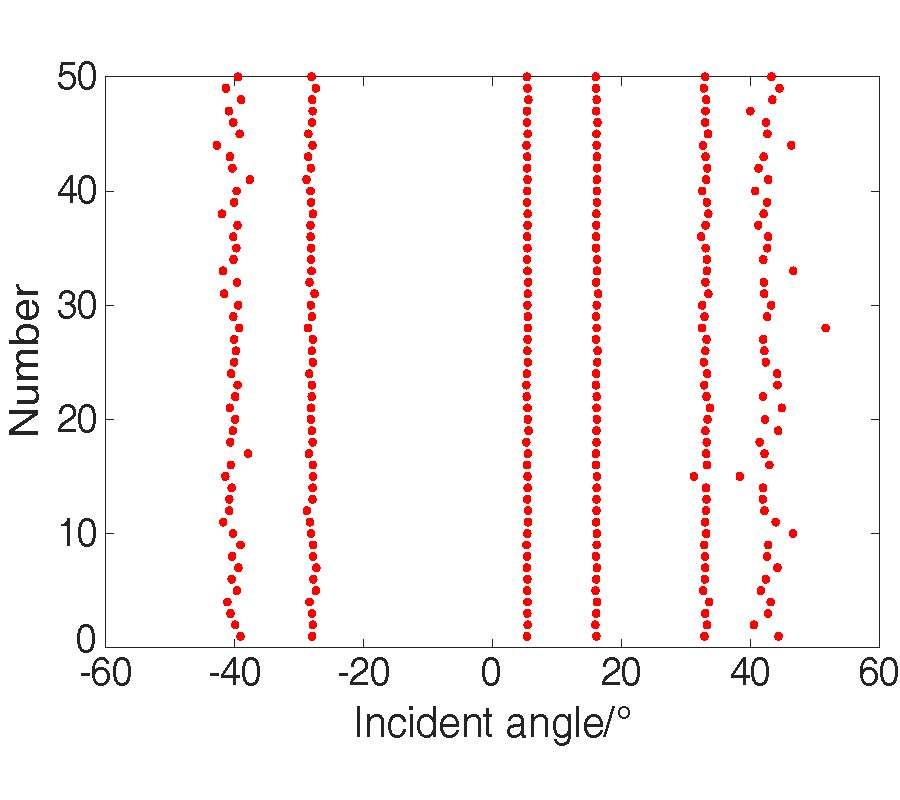A Comparative Study of Some Novel Wideband Tulip Flower Monopole Antennas with Modified Patch and Ground Plane
Nurhayati Nurhayati
,
Alexandre Manicoba de Oliveira
,
Warangkana Chaihongsa
,
Bagus Edy Sukoco
and
Akbar Kurnia Saleh
Comparative study of some novel wideband Tulip Flower Monopole Antennas (TFMAs) is presented in this paper. To Improve the bandwidth and increase the gain, modification of the shape of the curves and slots in the patch and ground plane was carried out on the seven TFMAs. TFMA-A, TFMA-B, TFMA-C, and TFMA-D have dimensions of 50×50 mm2, while TFMA-E, TFMA-F, and TFMA-G have dimensions of 30×70 mm2. From the simulation result, TFMA-A operated from 2 GHz to more than 30 GHz with a return loss of 15 dB occupies most of its operating frequency. In the whole frequency work, the peak directivity performance in the order of superiority is obtained for TFMA-G, TFMA-F, TFMA-D, TFMA-E, TFMA-C, TFMA-B, and TFMA-A. The improvement of directivity is reached for TFMA-D of 5.03 if it is compared to TFMA-A at 24 GHz. TFMA-G obtains the peak of directivity of 10.148 dBi at 23 GHz. The impedance bandwidth and directivity of the antenna element change by varying the curvature, the shape, and the position of slot in the radiator and ground plane also the height of the microstrip feeding line and ground plane. The return losses of the TFMA-A and TFMA-E show good agreement between simulation and measurement results.
